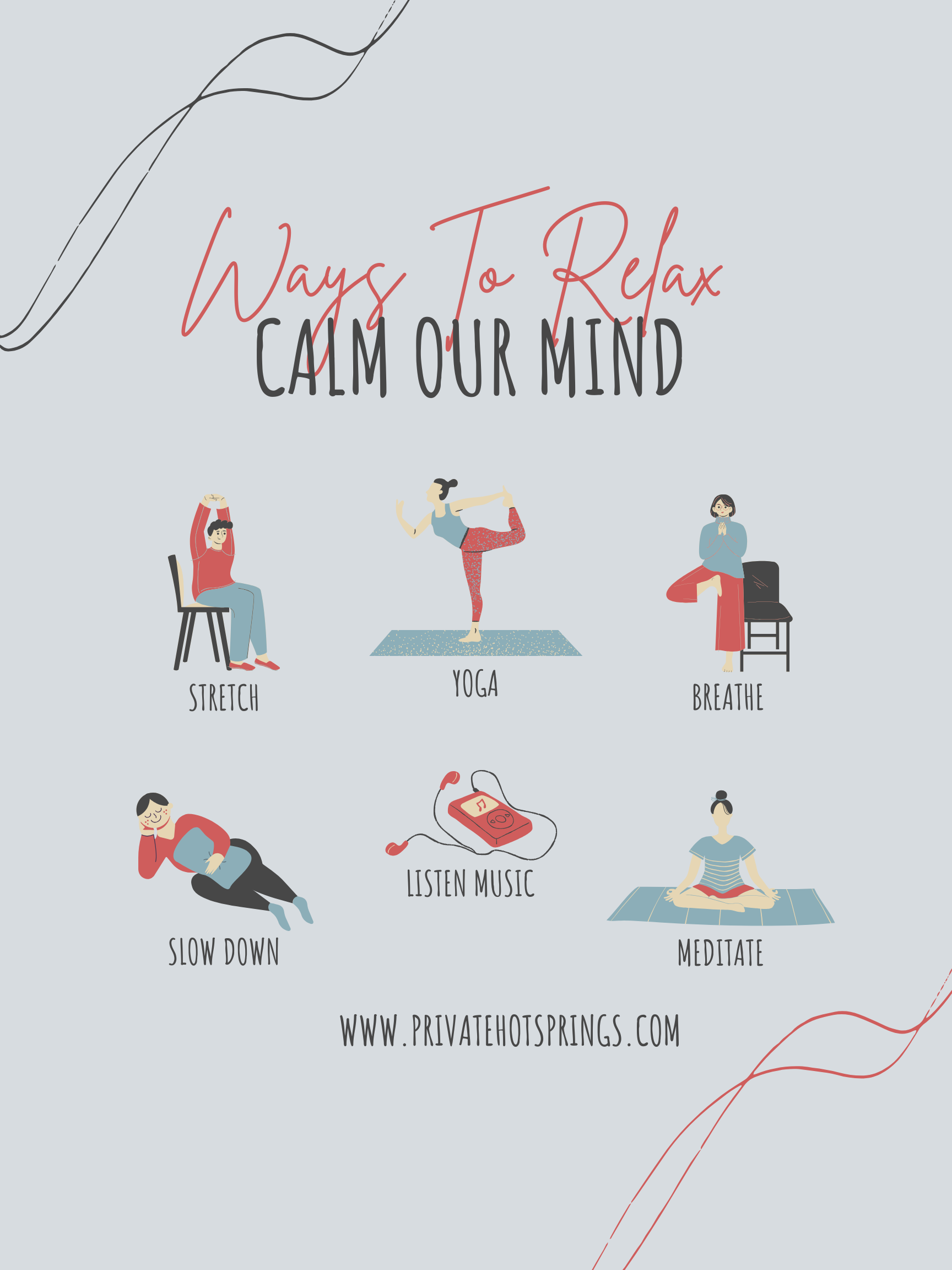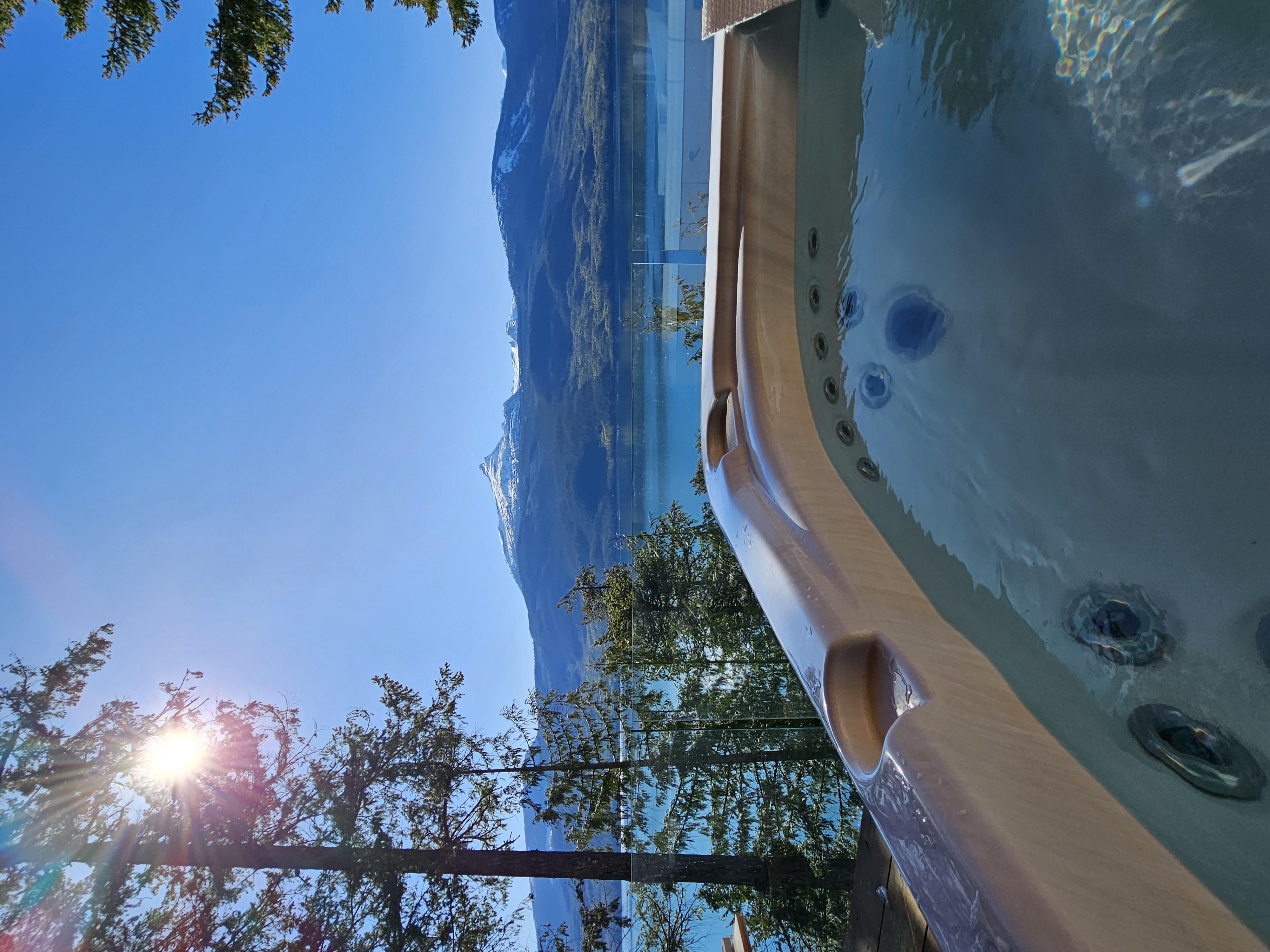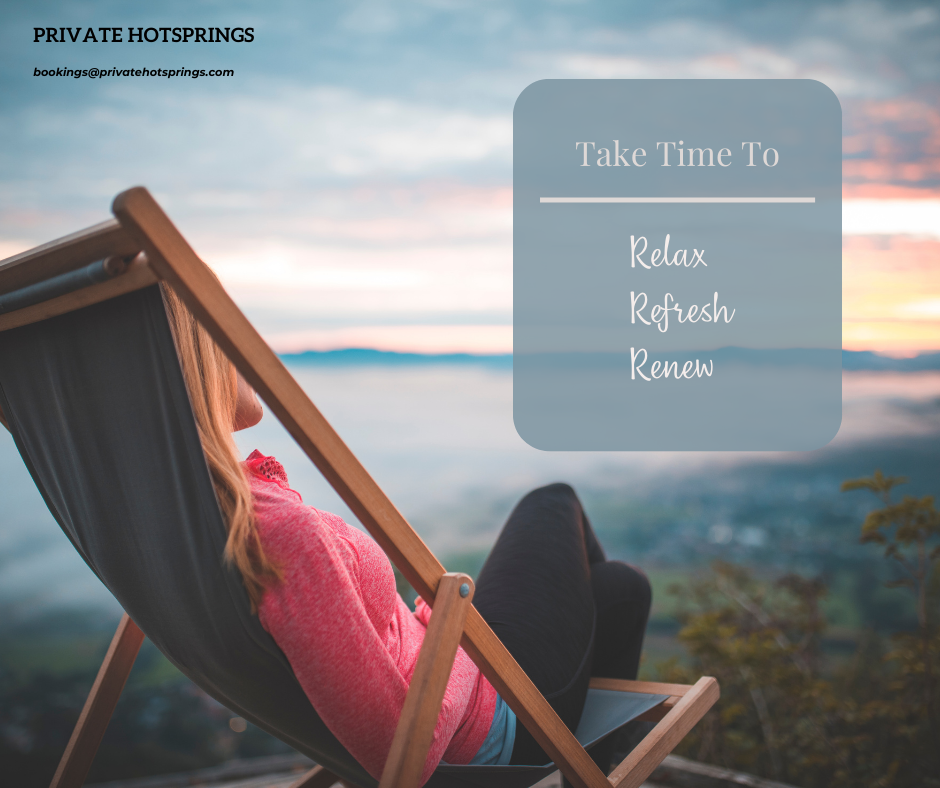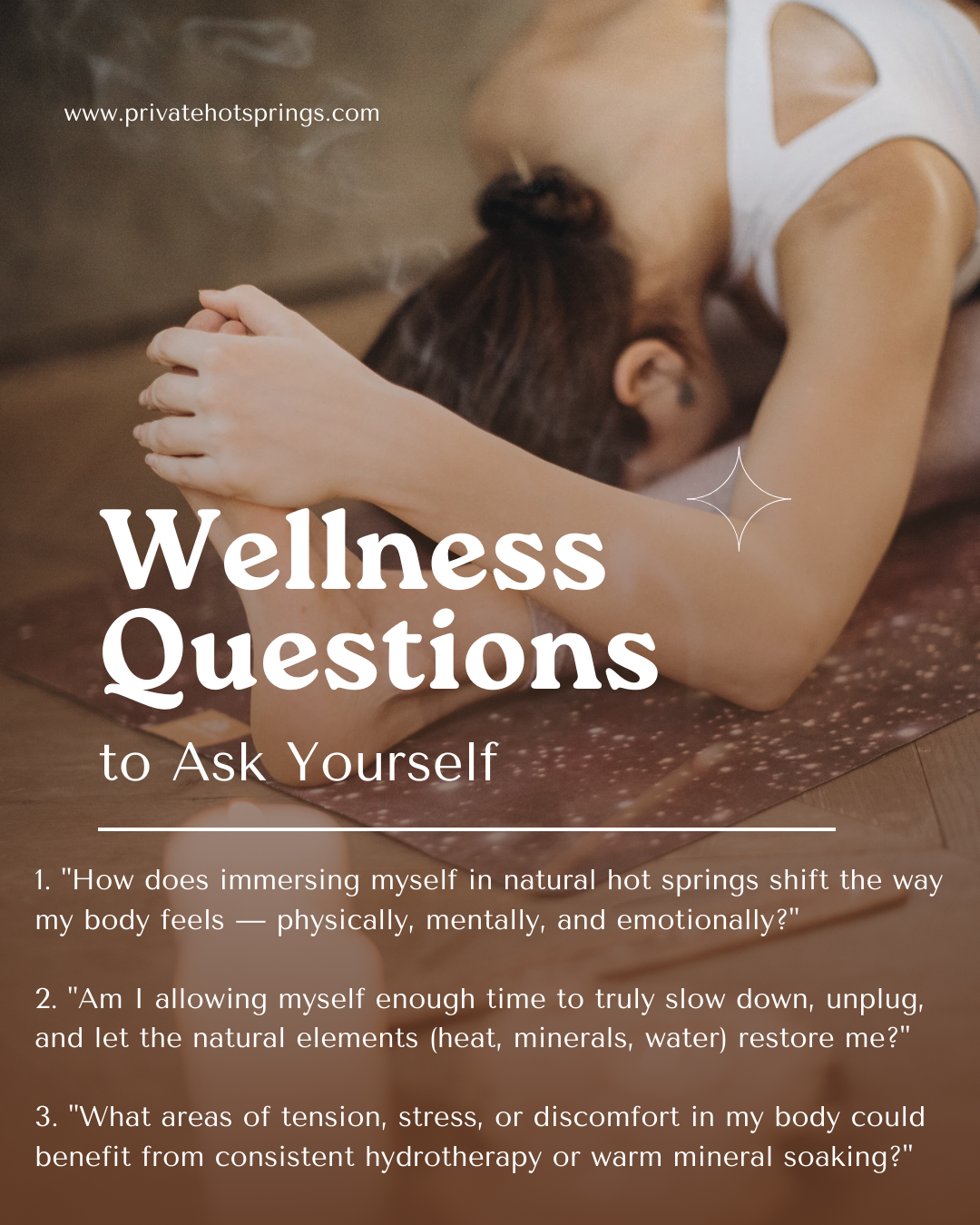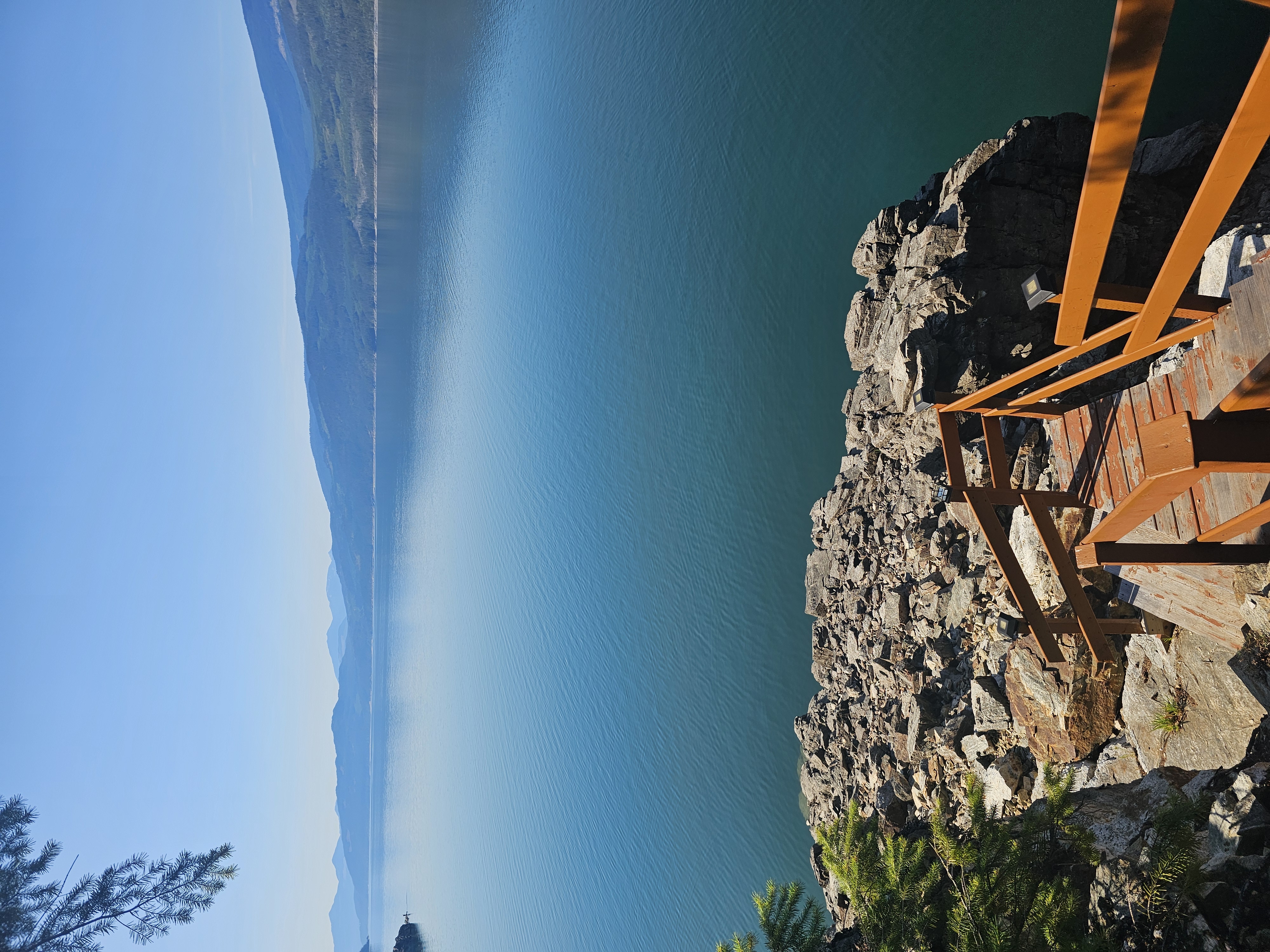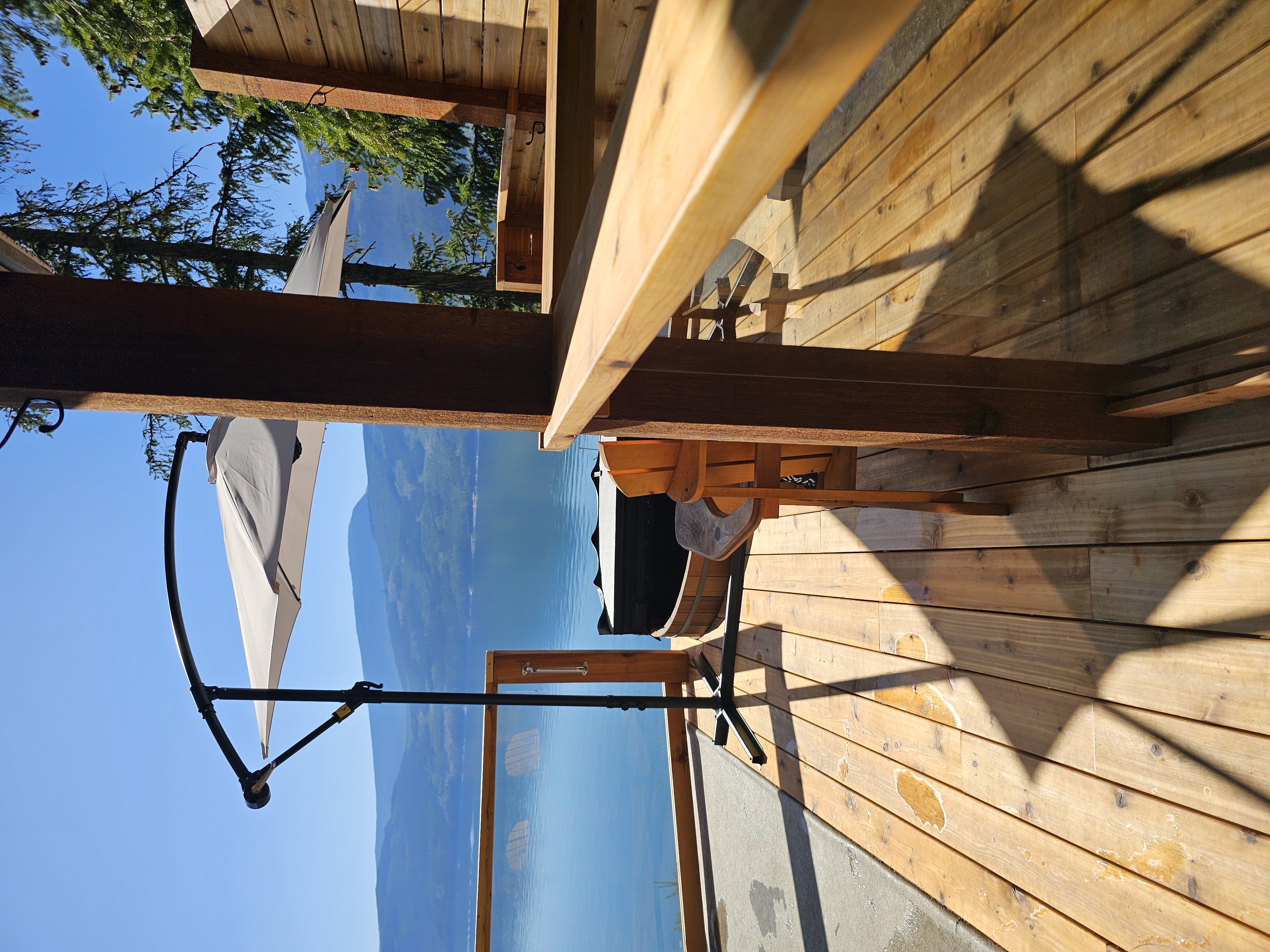
Photo: Cedar Log Cabin at www.privatehotsprings.com
That foggy feeling when you’ve been working for hours without a break isn’t just annoying – it’s your brain waving a white flag. We push through it, downing another coffee, convinced we’re being productive. We’re not. Our tired brains are quietly undermining everything from our decision-making to our creativity, all while we believe we’re crushing it.
Your mind wasn’t designed for marathon thinking sessions. Evolution optimized our brains for bursts of focused attention followed by periods of recovery. When we ignore these natural rhythms, we don’t just feel tired – we become cognitively compromised.
Here are five compelling reasons why your mind desperately needs regular breaks, and why implementing them might be the most productive decision you make today.
Your Attention Has a Battery Life
Sustained attention is a limited resource. Research consistently shows that our ability to focus deteriorates significantly after 90-120 minutes of concentrated effort. After this window, your error rate climbs and your processing speed drops – even if you don’t notice it happening.
This isn’t a character flaw. It’s biology.
Your prefrontal cortex – the brain region responsible for complex thinking – consumes glucose at a rapid rate during focused work. When these energy reserves dip, your ability to maintain attention follows suit.
Taking short breaks every 90 minutes replenishes these mental resources. Even a 5-minute reset can restart your attention clock, allowing you to maintain higher quality focus throughout the day rather than pushing through diminishing returns.
Creativity Emerges in Mental Space
Have you ever noticed how your best ideas come when you’re not actually working? That brilliant solution in the shower or while walking your dog isn’t coincidence – it’s your brain’s default mode network activating.
When you step away from focused thinking, your brain doesn’t actually stop working. Instead, it shifts to a different type of processing – one that excels at making novel connections between previously unrelated concepts. This is the biological foundation of creativity.
Constant focused work suppresses this network. Without breaks, you literally shut down your brain’s innovation center. Those “aha moments” require mental space to emerge.
Decision Quality Deteriorates Without Rest
Every decision you make draws from the same cognitive reserve. As this reserve depletes throughout the day, the quality of your decisions suffers – a phenomenon psychologists call “decision fatigue.”
When mentally exhausted, your brain takes shortcuts. You become more impulsive, more likely to go with default options, and more vulnerable to cognitive biases. Strategic thinking gives way to reactive responses.
Mental breaks between decisions restore some of this capacity. Even brief pauses can improve decision quality, especially for important choices. This is why scheduling your most consequential decisions after recovery periods can dramatically improve outcomes.
Emotional Regulation Requires Cognitive Resources
Maintaining professional composure during challenging situations isn’t free – it costs mental energy. The same cognitive resources that power focused work also fuel emotional regulation.
When these resources run low, your emotional responses amplify while your ability to moderate them weakens. Small frustrations feel overwhelming. Criticism cuts deeper. Patience wears thin.
Mental breaks replenish the resources needed for emotional stability. They create space between stimulus and response, allowing you to choose reactions rather than being driven by them.
Those moments when you’ve snapped at a colleague or sent an email you later regretted? Often they occurred when your mental reserves were depleted.
Learning Consolidates During Downtime
Your brain doesn’t just record new information – it processes it. This consolidation primarily happens during periods of mental rest, when your brain transfers short-term learning into long-term memory and integrates it with existing knowledge.
Without adequate breaks, you may expose yourself to new information continuously without fully absorbing it. You’re filling a bucket with a hole in the bottom.
Brief periods of reflection after learning sessions significantly improve retention and understanding. Even just 10-15 minutes of mental downtime after consuming important information can dramatically enhance what you actually remember.
How to Give Your Brain Effective Breaks
Not all breaks are created equal. Scrolling social media often adds cognitive load rather than reducing it. True mental recovery comes from activities that shift your attention pattern completely:
• Brief physical movement, even just walking to get water
• Gazing out a window at distant objects (relieves visual fatigue)
• Three minutes of deep breathing with closed eyes
• Brief social interactions unrelated to work
• Complete digital disconnection for at least 10 minutes
Experiment with different types of breaks to discover what leaves you feeling most refreshed. The most effective break for your brain might not be what you initially expect.
The most productive people aren’t those who work the longest hours – they’re those who understand how their cognitive resources fluctuate and schedule accordingly. They work with their brain’s natural rhythms rather than fighting against them.
Your tired brain isn’t a weakness to overcome through sheer willpower. It’s a sophisticated system sending you important signals about its needs. Start listening, and you might discover that the path to your best work includes regular moments of not working at all.
Mental breaks aren’t productivity killers – they’re productivity multipliers. Your success depends on recognizing the difference.
Ready to take a mental break? Break. Get productive. Rest. Get Productive. Book now at www.privatehotsprings.com
